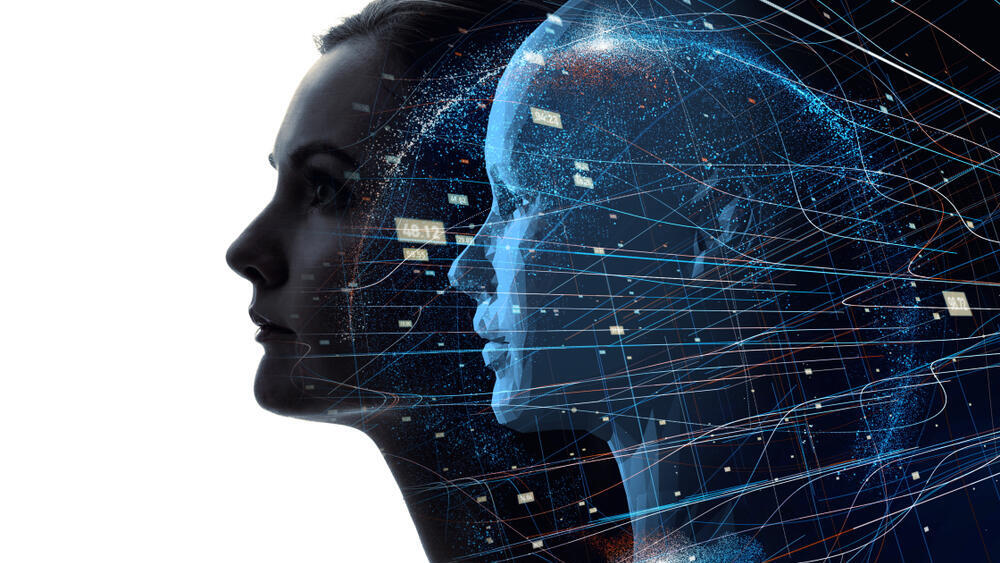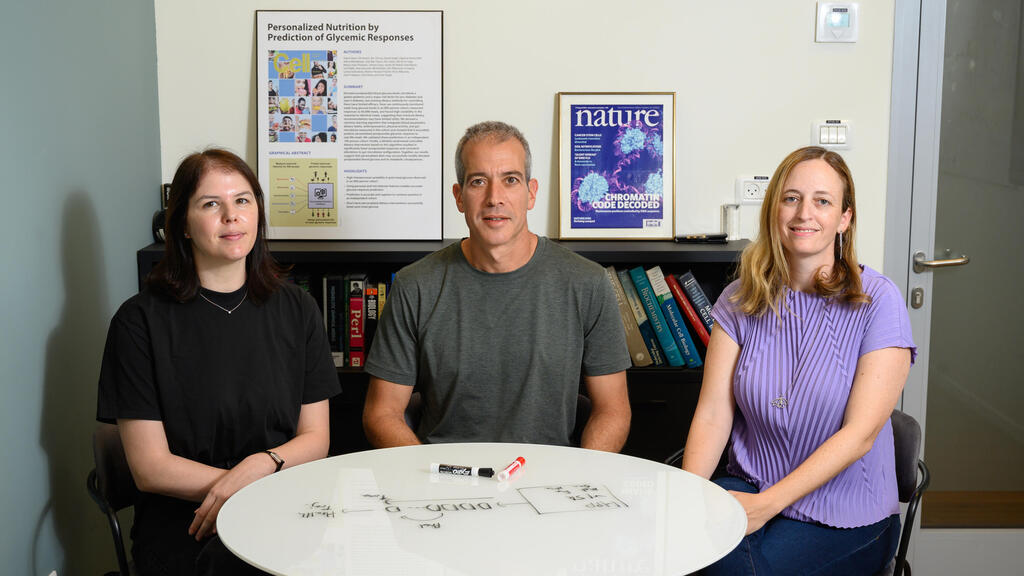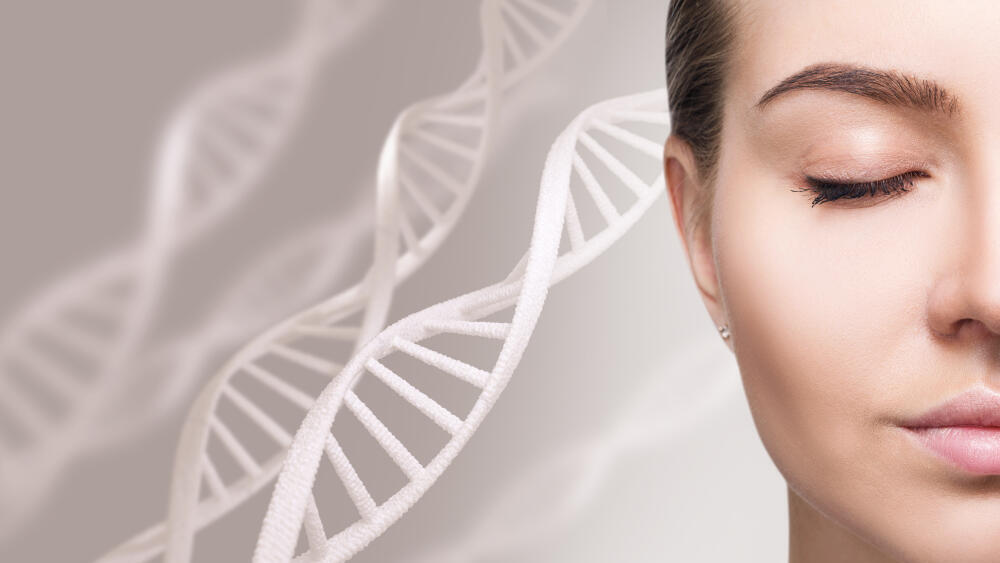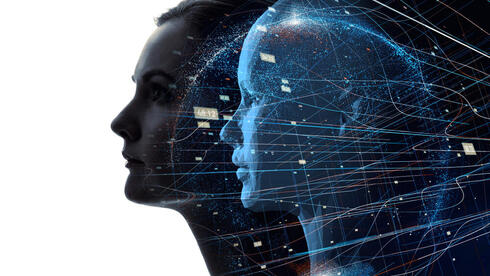Before we make life-changing decisions, we often run through different scenarios in our minds to predict possible outcomes. But when it comes to our health, forecasting the future becomes especially difficult. Will a certain treatment work? Will a dietary change improve well-being?
3 View gallery

Artificial Intelligence
(Photo: shutterstock)
The initiative was launched in 2018 by Professor Eran Segal of the institute’s Department of Computer Science and Applied Mathematics to complement the insights of the Human Genome Project, which began in 1990 and mapped thousands of genes linked to our traits and diseases. But while genes offer part of the picture, Segal’s team wanted to go further, integrating environmental factors, gut microbiome composition, aging processes, and more.
Participants in the Human Phenotype Project undergo extensive health evaluations every two years for 25 years. These include physical exams, nutritional journals, ultrasound scans, bone density tests, voice recordings, home sleep monitoring, continuous glucose tracking, genetic sequencing, gene expression analysis, protein and metabolic profiling, and microbiome sampling from the gut, mouth and reproductive tract.
“We wanted to build an Israeli biobank that collects multiple layers of information—molecular and clinical—and follows people over time,” said Dr. Smadar Shilo, a senior physician and pediatric endocrinologist at Schneider Medical Center, who helped lead the project during her doctoral work in Segal’s lab and continues to work on it today. “The goal is to identify biomarkers that can predict future diseases and build a framework for predictive, personalized medicine.”
According to Shilo, combining layers of data such as genetics, metabolites and immune system metrics could help detect illnesses long before they emerge. “If I track a person and collect all their baseline data, I can look for biomarkers that preceded a later diagnosis. That’s the ultimate goal—early prediction using AI-driven tools,” she explains.
Since its launch, the Human Phenotype Project has grown to more than 30,000 registered participants, with the aim of reaching 100,000. The team has also opened satellite branches in Japan and the United Arab Emirates to diversify the dataset and study ethnic, cultural and environmental variability.
The data has already been fed into a sophisticated AI model developed by researchers, including Dr. Lee Reicher and Shilo. The model—built on a platform by Pheno.AI—learns how 17 body systems typically change over a lifetime and can detect abnormalities. It assigns each system a “biological age” score based on sex, BMI and chronological age, then flags deviations that may indicate higher disease risk.
3 View gallery


Dr. Lee Reicher, Prof. Eran Segal, and Dr. Smadar Shilo
(Photo: Weizmann Institute of Science)
“For example, we can isolate cardiovascular parameters—like ultrasound imaging of neck arteries or ECG data—and develop a model to predict that specific system’s biological age,” said Shilo. The tool can spot deviations before symptoms appear. Tracking participants’ glucose levels over time, the team found that some 40% of those considered healthy by current fasting glucose standards exhibited prediabetic patterns when analyzed more deeply.
“Thanks to unique continuous glucose monitoring data collected from thousands of people, we were able to define new norms for these measurements,” said Shilo. “We can now observe how values shift with age and distinguish between male and female trends.”
Segal noted: “Biological aging in men tends to increase linearly, but in women we see a sharp jump during their 50s. Menopause appears to reset the biological clock in significant ways. For instance, bone density decline correlates more with time since menopause than with chronological age. Our markers can help detect early signs of menopause and guide hormonal treatment accordingly.”
The diversity of the Israeli population is another key strength. “This is a unique aspect of the project,” said Shilo. “We can compare data from people with different ancestral origins to see how much is driven by genetics versus other factors.” She added that while genetic data can predict ethnic origin quite accurately—identifying Ashkenazi or Yemenite ancestry, for example—microbiome data cannot, indicating it’s shaped more by shared environments than genes.
Ultimately, the project aims to pioneer a new era of predictive medicine through a comprehensive AI model trained on the entire dataset of each participant. This model—a true digital twin—is currently being developed by Ph.D. candidate Guy Lutzker. Using generative AI techniques, the system is trained by hiding individual data points and challenging itself to infer the missing pieces. Over time, it builds an integrated health profile capable of forecasting likely medical events years in advance.
3 View gallery


“This has huge implications—from simulating the effect of a drug before prescribing it to modeling the impact of lifestyle changes,” said Shilo. “That’s the vision: to tailor medical decisions to the individual based on their digital twin.”
The team has already created a model that analyzes glucose data to predict not only future blood sugar levels but also who among prediabetics is at the highest risk of developing full diabetes within two years, giving doctors a chance to intervene early.
Other tools include “Gluformer,” an AI model trained on over 10 million glucose readings, and COMPRER, which combines retinal images and neck artery scans to predict cardiovascular diseases. “Many studies show that eye vasculature reveals a lot about health. We’re combining multiple datasets to improve predictions,” Shilo explained.
The true power of these tools lies not only in the scale but in their capacity to integrate complex data that human doctors can’t. “As an endocrinologist, I can’t analyze 10 million glucose readings to reach insights. These models can.”
Already, the digital twin is being used to test dietary and pharmaceutical interventions tailored to individuals. In the future, the system is expected to integrate all forms of available health data, predict a broad range of conditions, and reduce the trial-and-error phase in treatment selection.
“This progress is only possible thanks to the Human Phenotype Project’s community of committed participants,” concluded Segal. “We’re even developing an app that will put all this data directly in their hands, offering them a personal health dashboard.”
“We are living through a period of rapid transformation,” he added. “The worlds of medicine and health are on the brink of becoming AI-driven, and our project may serve as a global engine for innovation. I want to thank every participant—your contribution is powering the future of medicine.”
